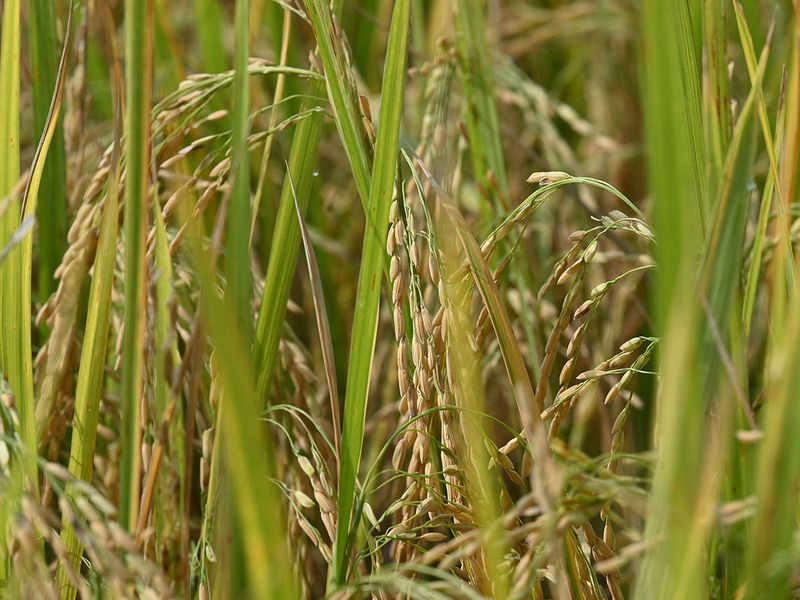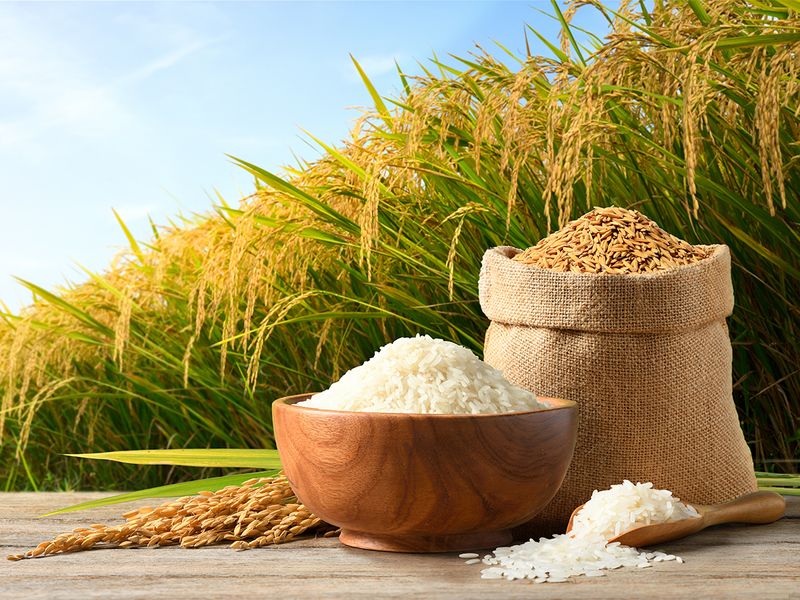
Rice is a staple food in most populations in the world.
More than 3.5 billion people around the world eat rice every day, mainly in Asia, Latin America and parts of Africa.
Receive exclusive content with the Gulf News WhatsApp channel
Fact: There are more than 120,000 different rice varieties (categorized by length, color and subspecies) worldwide.
120,000
well-known rice varieties worldwide
And not all rice varieties are nutritionally equal, as they can vary significantly.
According to the U.S. National Institutes of Health, studies show a wide variation in anthocyanin, antioxidant and phenolic compounds among different types of rice.
Clinical data is known: the intake of white rice can significantly increase the ‘glycemic load’ of consumers and cause some adverse health effects.
White rice, heart disease and diabetes
Some studies indicate that there may be a link between white rice intake and metabolic diseases, including the risk of cardiovascular disease (CVD) and type 2 diabetes mellitus (T2DM), studies show.
A systematic review of 14 studies examining the correlation between rice intake and cardiovascular disease revealed some of the risk factors it poses.

A study published in JAMA Internal Medicine found that replacing white rice with brown rice (50 grams/day) reduced the risk of type 2 diabetes by 16 percent, and replacing beans with white rice reduced the risk of metabolic syndrome. reduced by 35 percent.
Image credits: Pexels | Hey Phan
The ‘meta-analysis’, published in the PMC PubMed Central in February 2015, found a significant link between white rice consumption and several risk factors for cardiovascular disease – including type 2 diabetes and metabolic syndrome.
Asians in danger
The impact rice has on your body depends on the type of rice you eat, its quantity and frequency.
Although ‘moderate’ consumption as part of a balanced diet does not necessarily increase the risk, researchers say a high daily intake of white rice has been linked to a higher risk of type 2 diabetes, especially in Asian populations where rice is a staple of the diet. nutrition is.
According to the study, Asians are particularly at risk – Chinese and Japanese populations had much higher consumption of white rice than Western populations – with an average intake level of three to four servings per day versus one to two servings per week.
Harvard study

Golden rice. According to the U.S. National Institutes of Health, studies show a wide variation in anthocyanin, antioxidant and phenolic compounds among different types of rice.
A 2012 Harvard study conducted by the Ministry of Nutrition entitled ‘White Rice Consumption and Risk of Type 2 Diabetes: Meta-analysis and Systematic Review’ also found that higher consumption of white rice is associated with a significantly increased risk of type 2 diabetes. especially among Asian (Chinese and Japanese) populations.
The study, published in the peer-reviewed BMJ, poured through clinical data from 13,284 cases of type 2 diabetes among 352,384 participants with follow-up periods ranging from 4 to 22 years.
The pooled relative risk was 1.55 (with a 95 percent confidence interval of 1.20 to 2.01), comparing the highest with the lowest category of white rice intake in the Asian population, “while the corresponding relative risk was 1.12 (0.94 to 1.33) was in the Western population ( P for interaction=0.038)”.

A Harvard study found that higher consumption of white rice is associated with a significantly increased risk of type 2 diabetes, especially among Asian populations.
In the overall population, the dose-response meta-analysis indicated that for each serving per day increase in white rice intake, the relative risk of type 2 diabetes was “1.11 (1.08 to 1.14) (P for linear trend
Leave a Reply